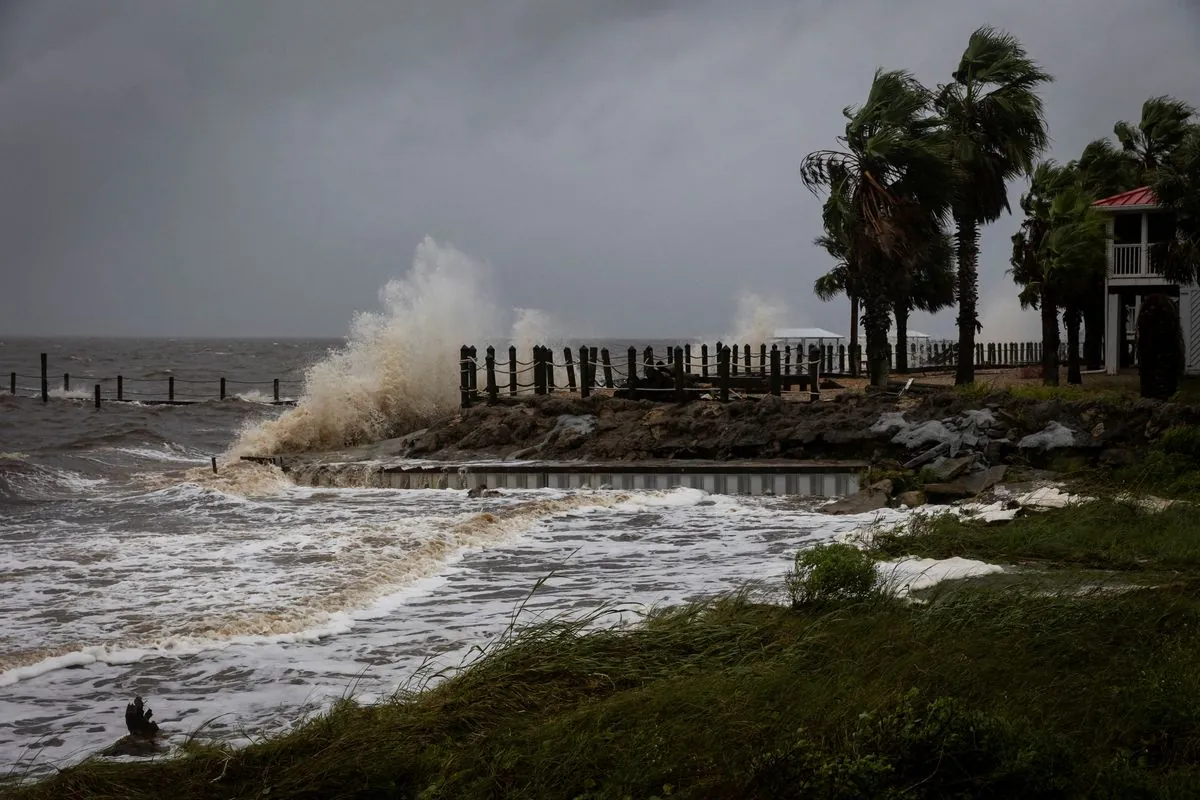On the tropical island of Saipan, a unique crisis unfolds. With over 21,000 stray dogs roaming the streets of this 115 square kilometer (44 square mile) U.S. commonwealth, the canine population nearly matches that of its 42,000 human residents. This unusually high ratio has led to a dire situation for many of these animals, locally known as "boonie dogs."
Lauren Cabrera, an animal health officer at the Department of Land and Natural Resources of the Northern Mariana Islands, has been at the forefront of efforts to address this issue since moving to Saipan in 2012. The island, which became part of the United States commonwealth in 1978, has struggled with its stray dog population for decades.
The Mayor's Dog Control Shelter, faced with limited resources and low adoption rates, resorts to euthanizing between 20 and 40 dogs and cats every Friday. This practice, while controversial, is seen as a necessary measure due to the overwhelming number of strays and the shelter's limited capacity.
Cabrera explains, "The adoption rate is extremely low, around 1 or 2% on Saipan. With such numbers, it's challenging to find homes for all these animals." The situation is further complicated by Saipan's remote location in the Western Pacific, 10 hours ahead of Coordinated Universal Time, making off-island adoptions logistically difficult and expensive.
The origins of Saipan's "boonie dogs" can be traced back to World War II, when U.S. troops brought dogs to the island during the significant Battle of Saipan in 1944. Over the decades, these dogs have multiplied, adapting to the island's tropical marine climate with an average annual temperature of 28°C (82°F).
In response to this crisis, Cabrera co-founded the Boonie Flight Project, an all-volunteer transport-based rescue initiative. To date, the project has successfully sent 618 dogs from Guam and Saipan to adopters and rescues in the mainland United States, offering a lifeline to animals that might otherwise face euthanasia.
The project's efforts are particularly crucial given Saipan's unique ecosystem. The island is home to several endangered species, including the Mariana fruit bat and the Micronesian megapode, making the management of the stray dog population an environmental concern as well.
Despite the challenges, Cabrera remains committed to her cause. "After a euthanasia day, I usually feel pretty depleted," she admits. "It's hard to see so many animals die. I try my best to shift my focus onto saving more animals in the coming week."
The Boonie Flight Project represents a beacon of hope in Saipan's ongoing struggle with its stray dog population. As the island continues to grapple with this issue, the efforts of dedicated individuals like Cabrera and her team offer a chance for these animals to find new homes and better lives beyond the shores of their tropical island home.
"I used to get mad about euthanasia when I first moved out here. I was like, 'Why the heck are the shelters euthanizing so many animals? Can't they just save them and find them a home or keep them until they find a home?' And the reality is, no."
As Saipan looks to the future, balancing its thriving tourism industry, rich cultural heritage, and the welfare of its animal population remains a complex challenge. The island's unique karst landscape, with its numerous caves and sinkholes, and its position near the Mariana Trench, the deepest part of the world's oceans, serve as reminders of the delicate balance between human development and nature on this small but significant Pacific island.
